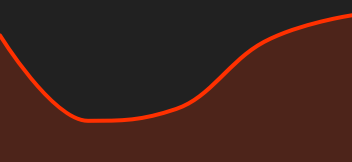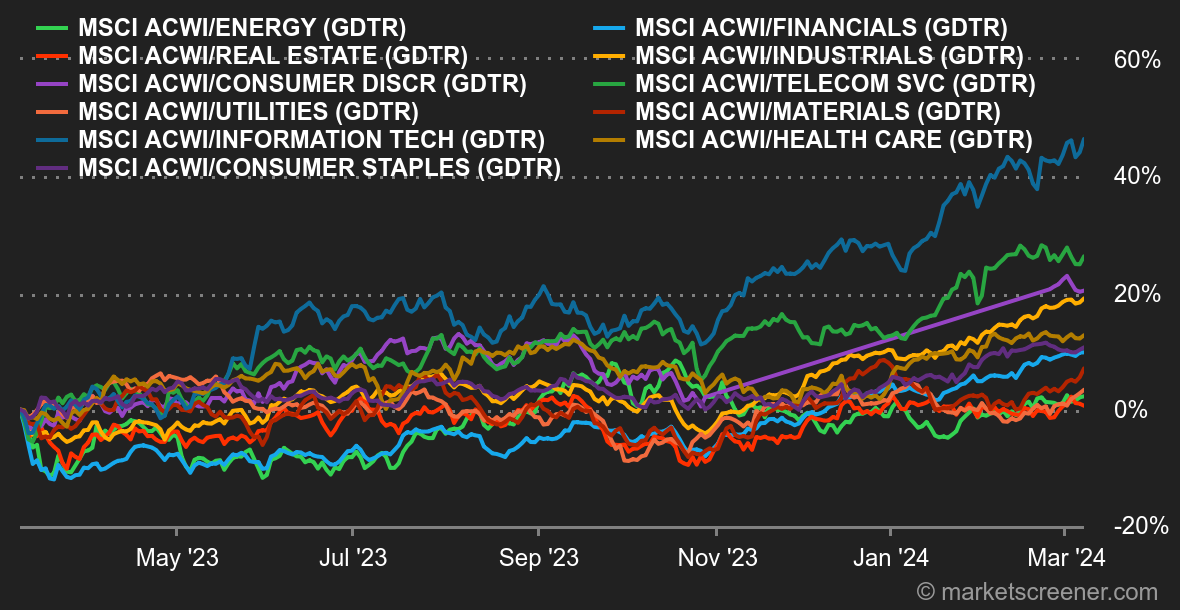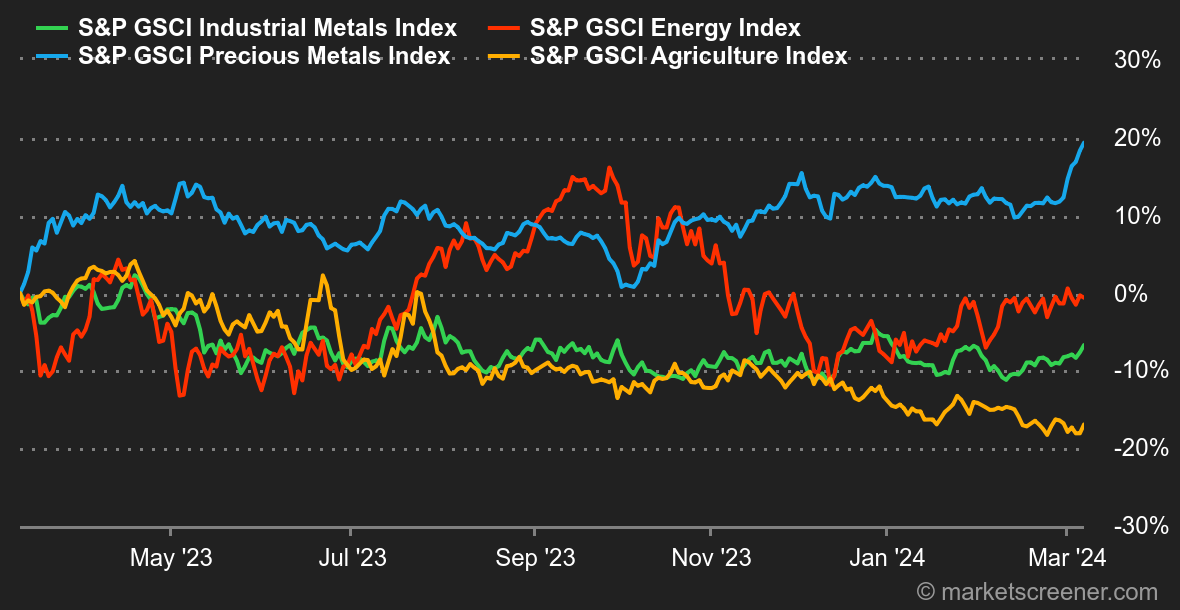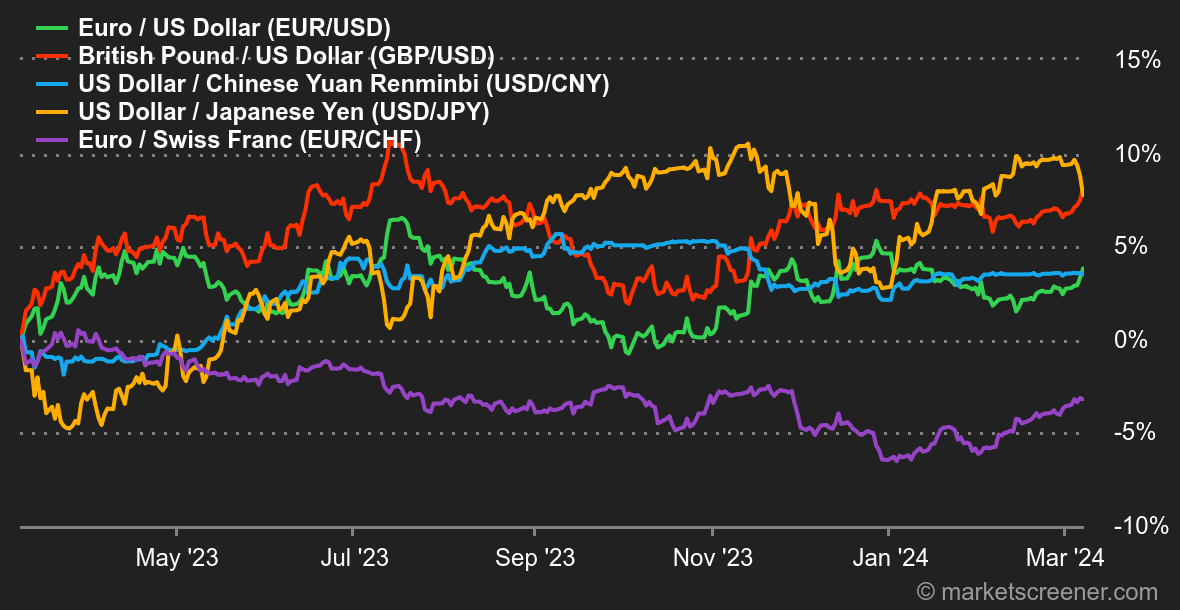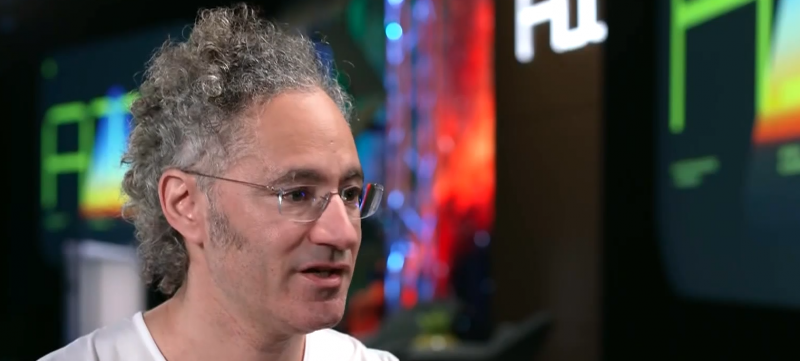Gainers:
- HPE (+17%): Hewlett Packard Enterprise reported disappointing results, with EPS down 24% and revenues down 14% for the quarter, as well as uninspiring forecasts. But the market focused on the good news: the American group, like its counterpart Dell, is set to capitalize on the fervor linked to AI (the magic word) to sell more optimized servers. Both giants are also anticipating greater inroads into the telecoms sector.
- Super Micro Computer (+26%): The Californian server manufacturer Super Micro Computer soared following the announcement of its forthcoming inclusion in the S&P 500 index. This news extended an upward trend that began at the start of the year with a gain of +326%. This rally reflects investors' confidence in Super Micro, particularly in the context of a booming market for the artificial intelligence sector.
- Celsius (+13%): The energy drinks manufacturer delighted the markets. Its quarterly and annual results were better than expected. Over the year, revenues doubled and the company posted a handsome profit, compared with a loss last year. Several analysts have raised their price target on the stock, which gained more than 63% since the beginning of the year.
- Kroger (+13%), Target (+10%), Burlington Stores (+8%): Consumer stocks are back in the black, as evidenced by the US consumer confidence indicators released this week. Despite inflation, all three US retailers reported stronger-than-expected results for the quarter just ended (with improved profits and gross margins), and an encouraging outlook for the year ahead. At Burlington, sales are even up 14% over the last 3 months.
- Lyft (+15%): The passenger transport and delivery company is soaring on the back of a projection by analysts RBC Capital Markets. The firm believes that if Lyft and Doordash were to join forces, they would be able to compete with Uber, creating a balanced duopoly that would benefit the market. The analyst strongly raised his recommendation and price target on both stocks, and the market did the rest.
Losers:
- Foot Locker (-30%): A major setback for the sporting goods retailer, which this week published disappointing quarterly results and a timid outlook. Adjusted earnings for the quarter fell sharply and the loss widened. The retailer then pushed back its profitability target to 2028, raised the possibility of lower annual sales, and, as a final blow to shareholders, announced that it was extending the suspension of its dividend, in order to concentrate on investments.
- Gitlab (-21%): The American group specializing in IT development services did not fall short of expectations. Sales and earnings for the quarter were up, exceeding expectations, and the loss was reduced. However, the market still punished the group's timid forecasts for the current quarter and year, which do not reflect the contributions of artificial intelligence (yes, the magic word was missing to please Wall Street), but rather a future slowdown in the economy.
- Li auto (-16%), Tesla (-12%), Vinfast Auto (-9%): A tough week for electric vehicle manufacturers. In China, all manufacturers combined, EV sales are down 21% year-on-year and 46% in February. The global outlook is equally gloomy, with demand weakened by the declining economy and a new preference for hybrids. Competition is intensifying, with price-cutting giant BYD gaining market share on all its little buddies.
- Sofi (-17%): The American fintech dropped this week after announcing its aim to offer $750 million of senior convertible debt in a private placement, maturing in 2029. The share price has fallen by nearly 25% since the beginning of the year.
- Entain (-18%): Double downturn for the British online gambling and betting group. At the time of publication of its annual results, it reported a severely increased net loss (to £928.6 million), widened by rising expenses. The group also unveiled a mixed outlook, overshadowed by forthcoming regulatory developments: the implementation of wagering caps on online slot games in the UK and stricter deposit limits in the Netherlands.
|

 By
By 


